Table of Contents
Lake Averno is a small lake of volcanic origin formed within the basin of a now extinct volcano. It falls within the municipality of Pozzuoli and more specifically between the hamlet of Lucrino and the Archaeological Park of Cuma.
It is the second largest lake in the province of Naples and today is a beautiful natural oasis very fascinating showing a diverse flora and fauna. In the past, however, the landscape was completely different, as sulfurous fumes from the water did not allow animals to live.
Lake Avernus in Augustan times housed the military port Portus Iulius, of which it was the inner basin. In addition, it is a location full of mystery and according to ancient mythology, it represented the gateway to the afterlife.
Origins and history of Lake Avernus
The word Avernus seems to derive from the Greek and means "without birds." In fact, it is said that this lack of birds in the vicinity of the lake was due to the fact that gas fumes were released from the water that did not allow birds to live here. This is because Lake Avernus is located in a volcanic crater that has been inactive for 4,000 years.
Both Greek and Roman mythology believe that this place is the gateway to the underworld realm ruled by the god Pluto. It would also be the earthly seat of the fallen angel Lucifer, which is why the Roman underworld was also called Avernus. According to some then the trees around the shores of the lake inspired the famous dark forest Dante talks about in the Inferno.
Also speaking of Lake Avernus is the Latin poet Virgil, who in Book VI of the Aeneid tells of how Aeneas consults the Cumaean Sibyl in her cavern at Cumae, asking her to guide him to the Underworld, whose gateway is precisely at the lake.
Ancient legends then tell that Zeus fought and defeated the Titans in these waters, and it was also here that the Carthaginian leader Hannibal allegedly offered sacrifices to Pluto to ingratiate himself in his favor ahead of the important Battle of Cannae.
You might be interested
Guided tour of Pozzuoli's Flavian Amphitheater
per person Book
Guided excursion to the Antro della Sibilla in Pozzuoli
per person Book
Walking tour to the temple of Serapis in Pozzuoli
per person Book
Shared walking tour of Lake Avernus
per person Book
Guided tour of the Flavian Amphitheater of Pozzuoli
per person Book
Descent to the Underworld: private trekking route from Montenuovo to Lake Avernus
per person Book
Lake Avernus during the 19th century was also subjected to various studies to analyze certain natural phenomena such as that of the Fairy Morgana, a kind of optical illusion that distorts the perception of objects. Therefore, it was precisely at this time that the popular belief spread that the Fairy Morgana of the Arthurian cycle had chosen such a lake as her home.
What to see near Lake Avernus
Lake Avernus today is a naturalistic site of great beauty, and around its shores one can encounter various tourist attractions. For example, we have the Temple of Apollo, a monumental construction that dates back to the first century AD. The octagonal base and what remains of what must have been a vaulted roof can be seen among the ruins. The building is on two floors and it is unclear whether it was a bath complex or something else.
Near Lake Avernus one can then admire theCavern of the Cumana Sibyl. It is a cave carved into the tuff that extends 200 meters until it juts out toward the sea. Perhaps it was created for cults and magical rituals and is a very atmospheric environment because of the water seepage that makes up an underground river.
Finally, you can see the entrance of the Cave of Cocceio, or an underground tunnel built by the Romans under Mount Grillo for military purposes and to connect the lake to Cumae. It is currently no longer open to visitors inside due to structural damage caused by World War II bombing.
Anyway, to enjoy the legendary charm and fascination of Lake Avernus you can always purchase this walking tour. During the visit you will be able to spot many varieties of birds that live here and have the opportunity to see the Temple of Apollo and the mythical Cumaean Sibyl's Cave. Run now to book your ticket!

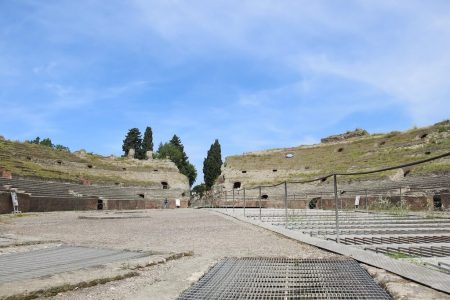
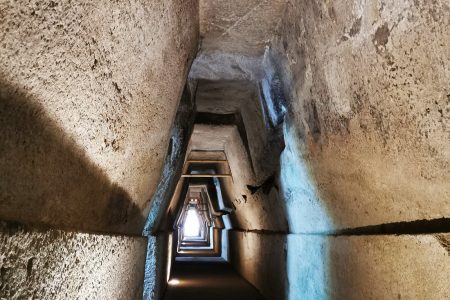
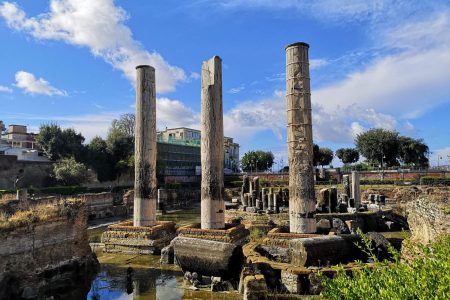
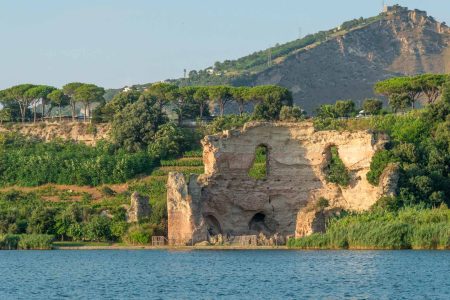

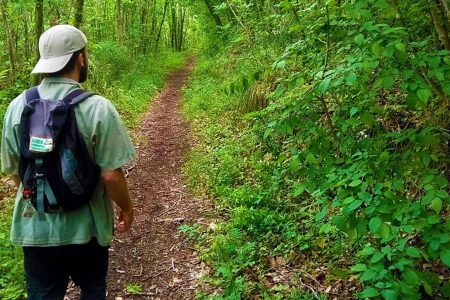
0 Comments